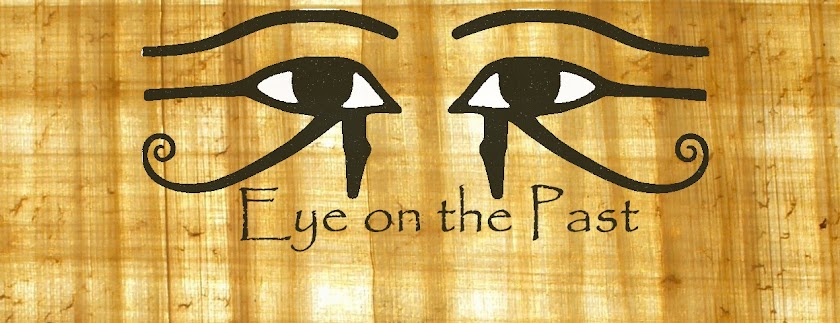The record of Egyptian burials starts long before the first pharaohs. During the new kingdom (1500-1070BC) these rituals were already established and refined. During the 18th, 19th, and 20th dynasties ancient Egypt had economic security, a large kingdom, and land full of natural resources. They therefore had the workforce and resources necessary to construct the decorated tombs that popular culture associates with ancient Egypt.
The ancient Egyptians believed that in the afterlife they would be resurrected, and one’s tombs was the vessels for one’s rebirth. The pharaohs had huge funerary buildings (including the famous pyramids) crafted for them, even as they were still alive. They employed vast numbers of workers to build the complex and immense structures that they would use as their gateway into the afterlife. These tombs were massive monuments and the stones, weighting up to 80 tonnes, were dragged from many miles away. They had elaborate interiors and highly decorated walls and passageways. In addition to the resources they consumed constructing pyramids, Egyptian kings also buried all of their riches and belongings with them, as they thought it would help them enter into eternal life. Specifically, these treasures would help even the balance when the King’s Ba (or soul) was weighed against the feather of Maat (a goddess of morality and justice) to judge his worth.
The great pyramid of Khufu is the largest of these monuments and took over 20 years to build. At the same site, a mortuary temple, causeway, three small pyramids (for Khufu’s queens,) large columns of granite and a paved courtyard were built. Four large pits were also dug for the boats that the king would travel on through the underworld. It is believed that a work force comprised of around 20,000 workers each was responsible for this pyramid’s construction.
Tutankhamun is the most famous of all of the ancient Egyptian kings, not only because he was one of the youngest pharaohs to rule, but also because his tomb remained undiscovered, and thus untouched by grave robbers, for almost 3000 years. His tomb is a small series of rooms cut out of a cliff side in the Valley of the Kings, a famous burial site. What lay in wait for its discoverers was truly a surprise. Riches of gold, jewels, precious stones, and metals were in his tomb. From the example of Tutankhamun, we can see the excessive amount of resources that went into funerary buildings and their innards. Unfortunately, it is difficult to judge exactly how richly constructed and stocked royal tombs were throughout much of ancient Egyptian history because so many of them have been robbed.

This image is a close up of one of the funerary masks found on Tutankamun's body.
The troubling thing here is that Tutankhamun rule far later than Khufu, when Egypt was not in the same wealthy and powerful position it had been in during the earlier pharaoh’s reign. When the kings of the old and middle kingdoms employed workers, it involved both the citizens and the state government in funerary rituals. However, king Tut’s burial appears to have been somewhat secretive and cut off from the eyes of the populace. Was this a contributing factor, or at least a symptom of a now unstable Egypt? Were kings reluctant to share any of their resources with the masses of peasants under them, who at this time were becoming poorer and poorer? Were they unwilling to keep religion a public institution, instead wanting to keep it only for the kings?
I plan to go into more depth on what was found in Tut’s tomb, and it's possible relation to the decline of ancient Egyptian society in my next post. So until then, I’ll leave these questions unanswered.
Bard, K. (2008). An Introduction to the archaeology of ancient egypt. Oxford: Blackwell Publishing.
Zeman, Jarrett, "Resurrection Machines: An Analysis of Burial Sites in Ancient Egypt’s Valley of the Kings as Catalysts for Spiritual Rebirth" (2009). Student Summer Scholars. Paper 14.
http://scholarworks.gvsu.edu/sss/14

